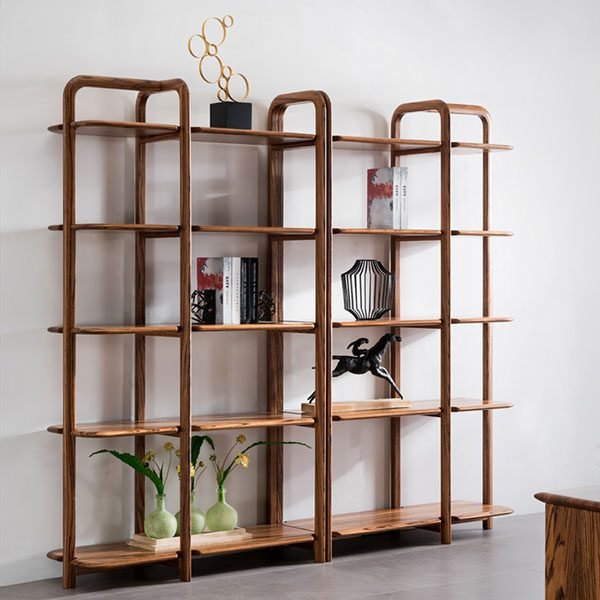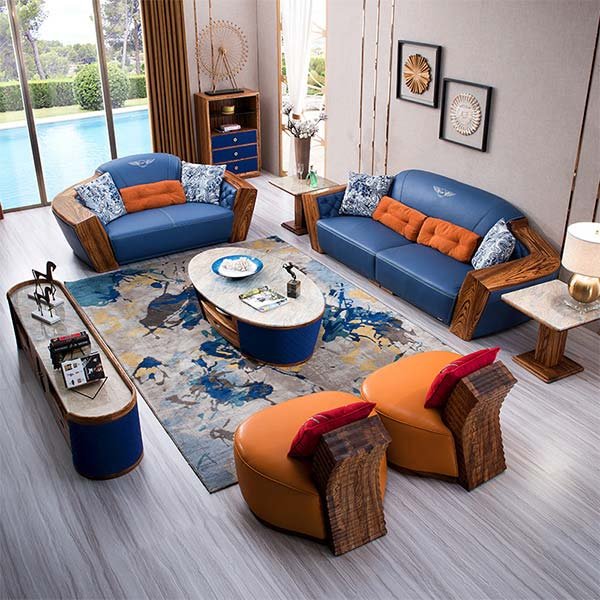“Arrange your living room furniture for comfort and style!”
Furniture Placement Tips for Small Living Rooms
Arranging furniture in a small living room can be a challenging task, but with the right tips and tricks, you can make the most of the space you have. One of the key things to keep in mind when arranging furniture in a small living room is to maximize the available space and create a sense of openness.
Start by measuring the dimensions of your living room and the furniture you plan to use. This will help you determine the best layout for your space. Consider the traffic flow in the room and make sure there is enough space for people to move around comfortably.
When arranging furniture in a small living room, it’s important to keep the scale of the furniture in mind. Choose pieces that are proportionate to the size of the room and avoid bulky or oversized furniture that can make the space feel cramped. Opt for furniture with clean lines and open legs to create a sense of lightness.
To create a sense of balance in your small living room, consider arranging furniture in a symmetrical layout. Place a sofa or loveseat in the center of the room and flank it with matching armchairs or end tables. This will create a cohesive look and make the room feel more organized.
If you have a small living room, consider using multifunctional furniture to maximize space. Look for pieces that can serve multiple purposes, such as a coffee table with storage or a sofa bed. This will help you make the most of the space you have and keep the room clutter-free.
When arranging furniture in a small living room, it’s important to create a focal point to draw the eye and anchor the space. This could be a fireplace, a piece of artwork, or a statement piece of furniture. Arrange the rest of the furniture around the focal point to create a cohesive and visually appealing layout.
To make the most of natural light in a small living room, consider placing furniture near windows to allow for plenty of natural light to filter into the space. Avoid blocking windows with bulky furniture and opt for sheer curtains or blinds to let light in while maintaining privacy.
When arranging furniture in a small living room, don’t be afraid to experiment with different layouts until you find one that works for your space. Consider moving furniture around to see how it affects the flow of the room and don’t be afraid to try new configurations.
In conclusion, arranging furniture in a small living room requires careful planning and consideration of the space you have. By following these tips and tricks, you can create a functional and visually appealing layout that makes the most of your small living room. Remember to keep the scale of the furniture in mind, create a sense of balance, and make the most of natural light to create a welcoming and inviting space.
Creative Ways to Arrange Furniture in a Large Living Room
Arranging furniture in a large living room can be a daunting task, but with a little creativity and planning, you can create a space that is both functional and visually appealing. One of the key things to consider when arranging furniture in a large living room is the layout of the room itself.
Start by taking measurements of the room and sketching out a floor plan. This will help you visualize how the furniture will fit in the space and allow you to experiment with different arrangements before moving any heavy pieces.
When arranging furniture in a large living room, it’s important to create distinct zones for different activities. For example, you may want to create a seating area for conversation, a reading nook, and a space for watching TV.
One creative way to arrange furniture in a large living room is to create a focal point. This could be a fireplace, a large window with a view, or a piece of artwork. Arrange the furniture around this focal point to create a sense of balance and harmony in the room.
Another creative way to arrange furniture in a large living room is to use rugs to define different areas. Place a rug under the seating area to anchor the space and create a cozy atmosphere. You can also use rugs to create visual boundaries between different zones in the room.
When arranging furniture in a large living room, don’t be afraid to experiment with different layouts. Try placing the sofa in the center of the room instead of against a wall, or use a pair of chairs to create a cozy seating area in a corner.
One important thing to keep in mind when arranging furniture in a large living room is traffic flow. Make sure there is enough space between furniture pieces for people to move around comfortably, and avoid blocking doorways or pathways.
In conclusion, arranging furniture in a large living room can be a fun and creative process. By taking measurements, creating distinct zones, using focal points, rugs, and experimenting with different layouts, you can create a space that is both functional and visually appealing. Remember to consider traffic flow and make sure there is enough space for people to move around comfortably. With a little planning and creativity, you can arrange your living room furniture in a way that suits your style and needs.
How to Create a Cozy and Functional Layout in Your Living Room
Arranging furniture in your living room can be a daunting task, but with the right approach, you can create a cozy and functional layout that suits your needs.
Start by assessing the size and shape of your living room. Consider the focal point of the room, whether it’s a fireplace, TV, or a beautiful view. Arrange your furniture around this focal point to create a sense of balance and harmony in the space.
Next, think about the traffic flow in the room. Make sure there is enough space for people to move around comfortably without bumping into furniture. Consider creating distinct zones within the room for different activities, such as a seating area for conversation, a reading nook, or a TV-watching area.
When arranging your furniture, think about the scale and proportion of each piece. Avoid overcrowding the room with too much furniture, as this can make the space feel cramped and cluttered. Instead, choose a few key pieces that are appropriately sized for the room.
Consider the placement of your sofa and chairs. Arrange them in a way that encourages conversation and interaction. Place the sofa facing the focal point of the room, with chairs angled towards it to create a cozy seating area.
Don’t forget about the coffee table. This piece of furniture can serve as a focal point in its own right, so choose one that complements the style of your living room. Make sure it is within easy reach of all seating areas for convenience.
If you have a small living room, consider using multipurpose furniture to maximize space. Look for pieces that can serve multiple functions, such as a storage ottoman or a sofa bed. This will help you make the most of the space you have available.
Finally, don’t be afraid to experiment with different furniture arrangements until you find one that works for you. Move pieces around, try different layouts, and see what feels right in the space. Remember that the goal is to create a cozy and functional layout that suits your lifestyle and preferences.
In conclusion, arranging furniture in your living room is all about creating a space that is both cozy and functional. By considering the size and shape of the room, the traffic flow, and the scale and proportion of your furniture, you can create a layout that works for you. Experiment with different arrangements until you find one that feels right, and don’t be afraid to get creative with your design choices. With the right approach, you can create a living room that is both inviting and practical for everyday use.
Заключение
Arrange the living room furniture in a way that promotes good flow and functionality, ensuring that there is enough space for movement and conversation. Consider the focal point of the room, such as a fireplace or TV, and arrange the furniture around it. Don’t overcrowd the space with too much furniture, and make sure to leave enough room for walking paths. Experiment with different layouts until you find one that works best for your space and lifestyle.



